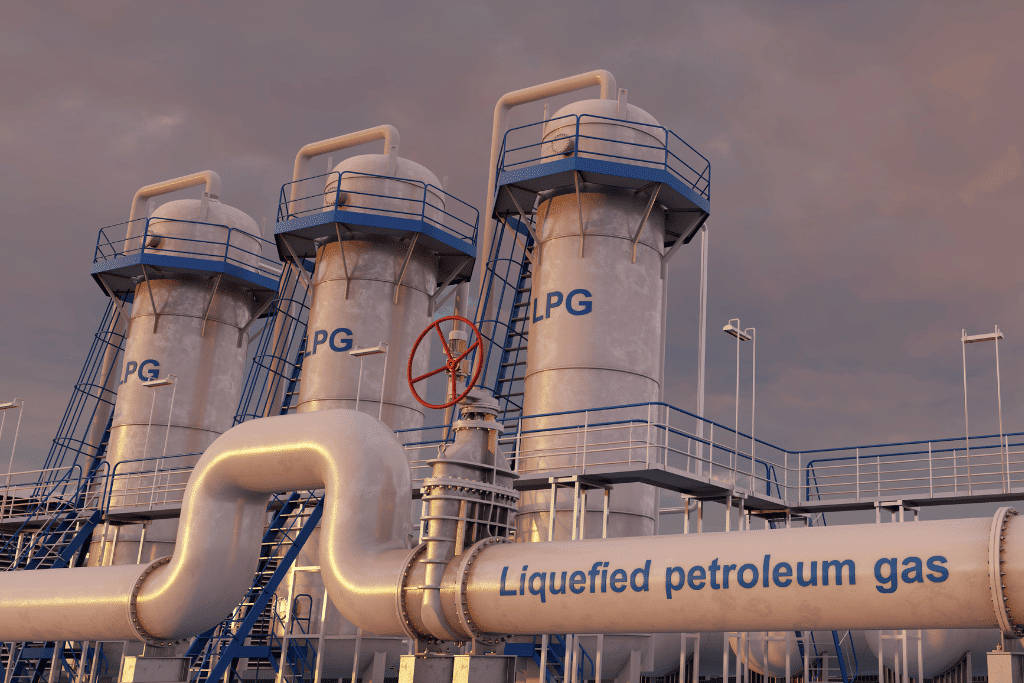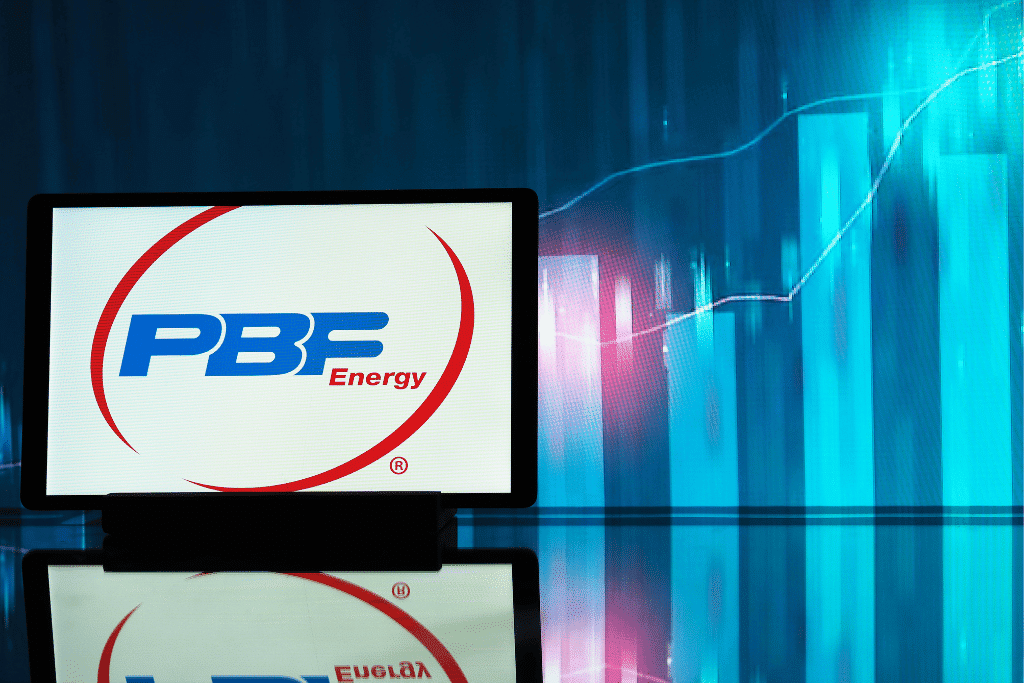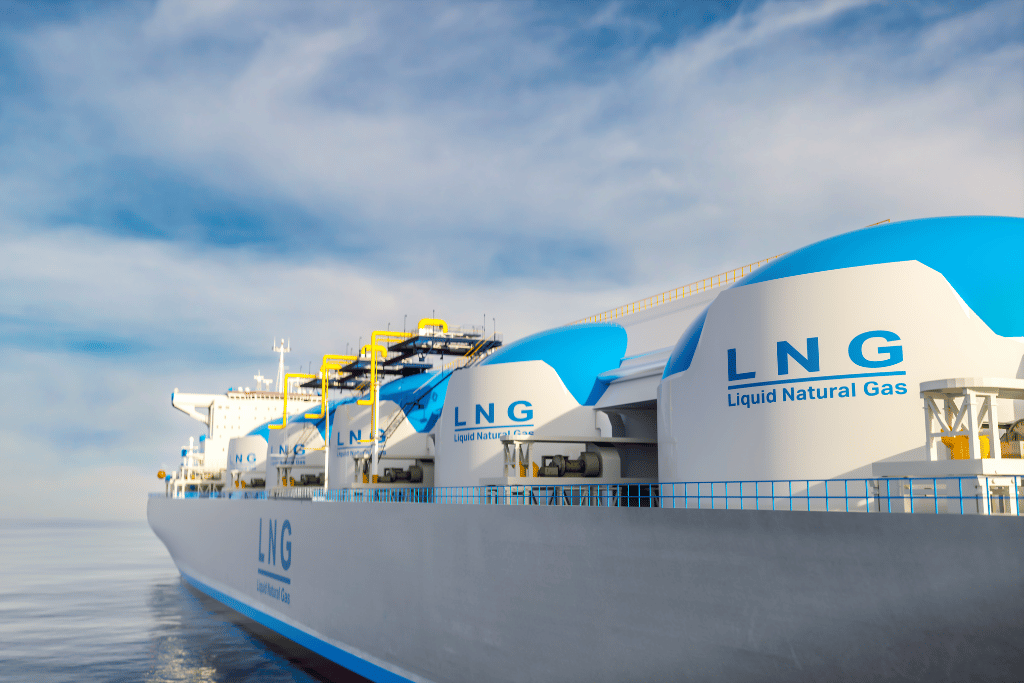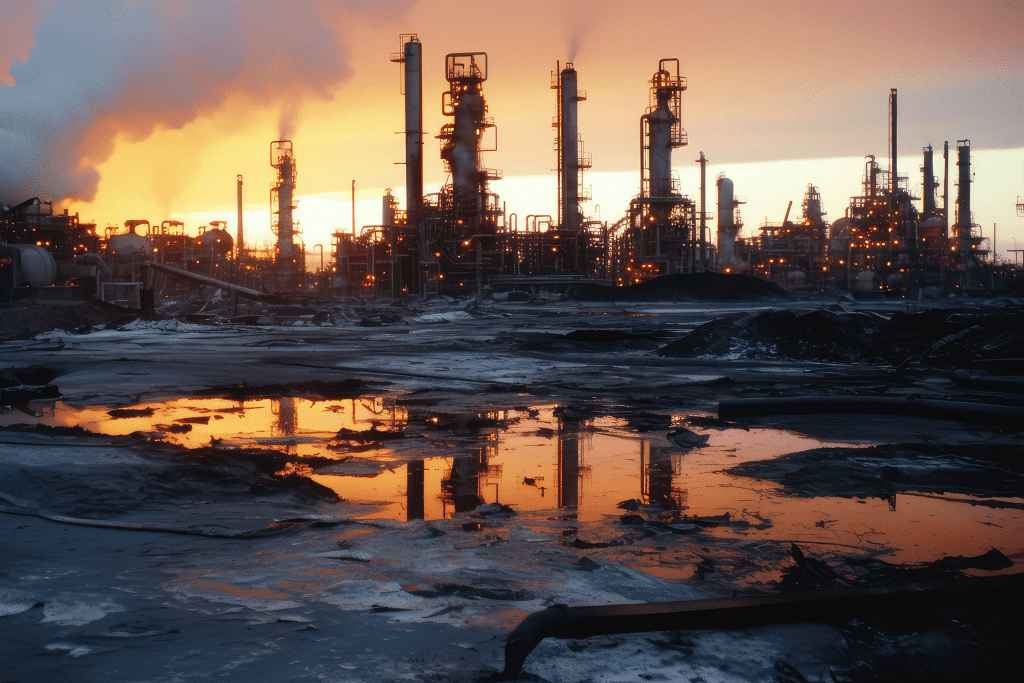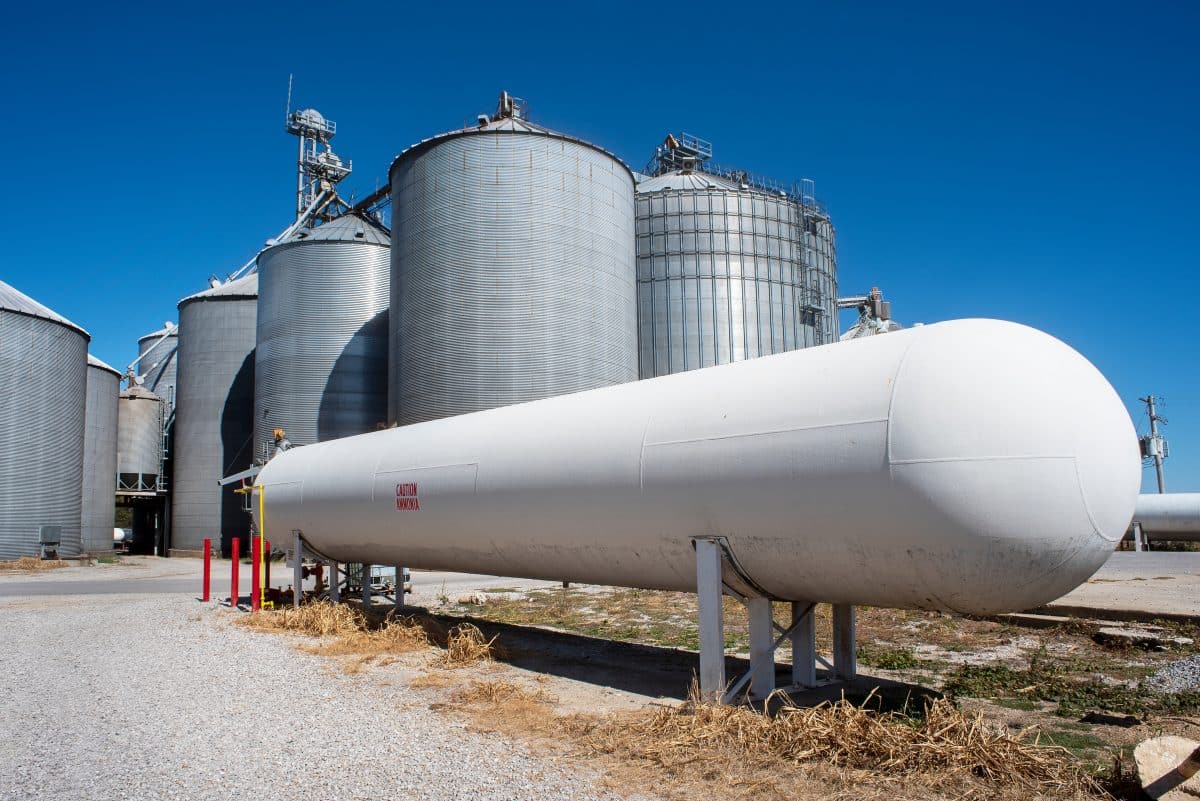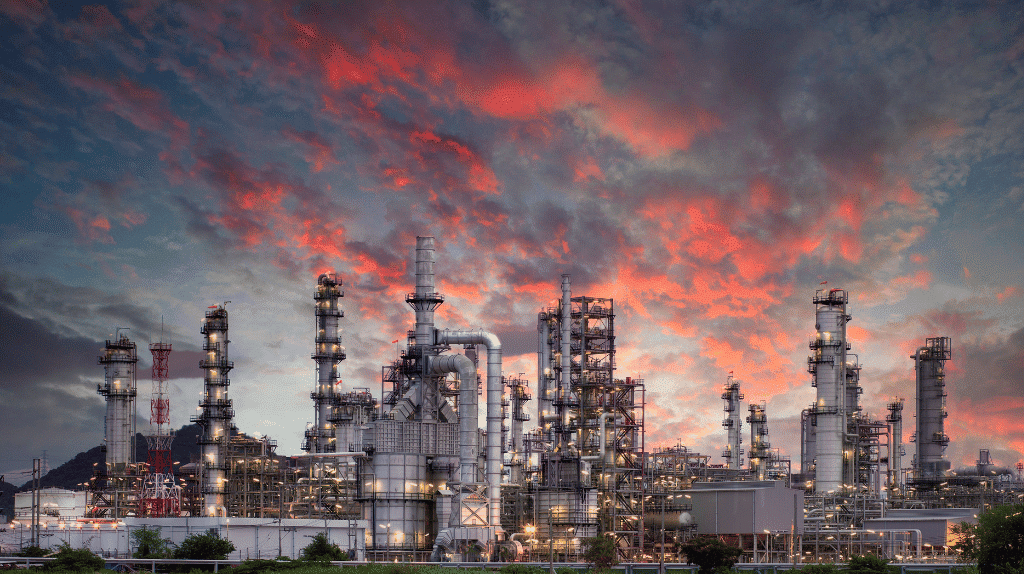China’s National Energy Administration recently called for building up various demonstration hydrogen projects across the country, but local industry participants said it would still take years to transform China’s insular hydrogen ecosystem into an international manufacturing hub.
China is the world’s largest hydrogen supplier. In 2024, the country produced 36.50 million mt of hydrogen, accounting for 35% of the global total supplies, NEA data showed. However, over 98% of the supplies were produced from coal, natural gas or as industrial byproducts, instead of renewable-based water electrolysis.
Furthermore, most hydrogen supplies have been consumed domestically due to challenges in long-distance hydrogen transmission and the lack of international off-takers.
Given the current challenges and market conditions, NEA’s newly launched policy provided a list of projects that are considered qualified as “pilot demonstration projects”. In China’s context, the shortlisted demonstration projects are expected to receive financial support from national and provincial governments, enjoy better interest rates for loans, set standards and templates for future projects, and get on the fast track for commercialization.
“The shortlisted projects focus on three perspectives: decarbonizing China’s hydrogen production, tackling the logistic bottlenecks, and scaling up demand, which are also the key challenges in China’s hydrogen industry,” a Beijing-based hydrogen analyst told Platts, part of S&P Global Commodity Insights.
Boosting renewable hydrogen supplies
In the list of eligible project types, published on June 10, NEA prioritized large-scale renewable and nuclear hydrogen production projects, which means projects that have no less than 100 MW or 20,000 cu m/hour of capacity. Eligible projects are also required to integrate supply and demand, utilizing the clean hydrogen in industrial processes like ammonia and methanol synthesis, refining and producing sustainable aviation fuel.
Smaller renewable hydrogen projects are considered eligible if they are in China’s rural coastal and desert areas and can operate independently, without electricity supplies from the public power grids, NEA said, adding that such projects have a lower capacity threshold of 10 MW.
Meanwhile, NEA called for projects that leverage carbon capture and storage technologies to decarbonize hydrogen produced from fossil fuels, as well as projects that can boost the consumption of hydrogen byproducts in nearby industrial plants. The policy called for selecting pilot regions to build up industry clusters that connect suppliers and buyers for such low-carbon hydrogen.
Local analysts pointed out that large-scale renewable hydrogen production remained challenging in China and globally because the intermittency of renewable electricity could significantly impact hydrogen outputs and trigger safety hazards.
Transportation, storage and utilization
NEA also called for projects that can enable large-scale, long-distance hydrogen transportation. The eligible projects should be able to carry no less than 600 kg of hydrogen in a single vehicle or build pipelines that can transport hydrogen over no less than 100 km.
NEA said projects with a hydrogen storage capacity above 20,000 cu m would be considered eligible, without showing preferences towards any existing technologies.
From the demand side, NEA supported projects that can adopt at least 1,000 mt/year of renewable hydrogen to substitute emission-intensive fuels and raw materials in heavy industries, such as refining and coal chemical industries.
Meanwhile, NEA supported co-firing coal and gas with hydrogen and ammonia for power generation. Eligible gas-fired projects should have generation capacities above 10 MW, and the hydrogen/ammonia content should be no less than 15%. Eligible coal-fired projects should have generation capacities above 300 MW, and the hydrogen/ammonia content should be no less than 10%.
NEA also called for exploring ways to use carbon markets to finance these pilot projects.
“Different from countries like Japan and Singapore that focus more on developing international hydrogen supply chains, the latest NEA policy still focuses more on building up the domestic ecosystem first. Notably, NEA did not give any specific signals regarding maritime transportation or unlocking demand from international buyers,” the Beijing-based analyst said.
“Given the technical hurdles and market reality, China’s strategies for engagement with international customers are still exporting hydrogen electrolyzers to their markets or helping them build up renewable hydrogen projects locally, instead of exporting hydrogen or ammonia produced within China,” the analyst said.
“Looking ahead, over 245 GW of renewable hydrogen capacity has been announced in Asia Pacific. Of that, 43 GW of projects are in the advanced planning stage, and 37 GW are planned to start by the end of 2030. China has 8.5 GW of capacity under construction and 16.3 GW in the advanced planning stage, mostly eyeing to serve the domestic market,” Commodity Insights analysts said in a report titled Clean Hydrogen Production in Asia-Pacific, published on June 9.
NEA’s latest hydrogen industry report showed that, as of December 2024, China’s production cost of hydrogen fell to Yuan 28/kg ($3.85/kg), decreased by 15.6% year over year. In comparison, the NEA report showed the US PEM electrolytic hydrogen price was at $5.2/kg and the EU PEM electrolytic hydrogen price was at Eur 6.1/kg ($6.94/kg) on an annual average basis in their respective key markets, citing Platts data.
By Ivy Yin – Energy Transition Market Specialist / June 13, 2025.

